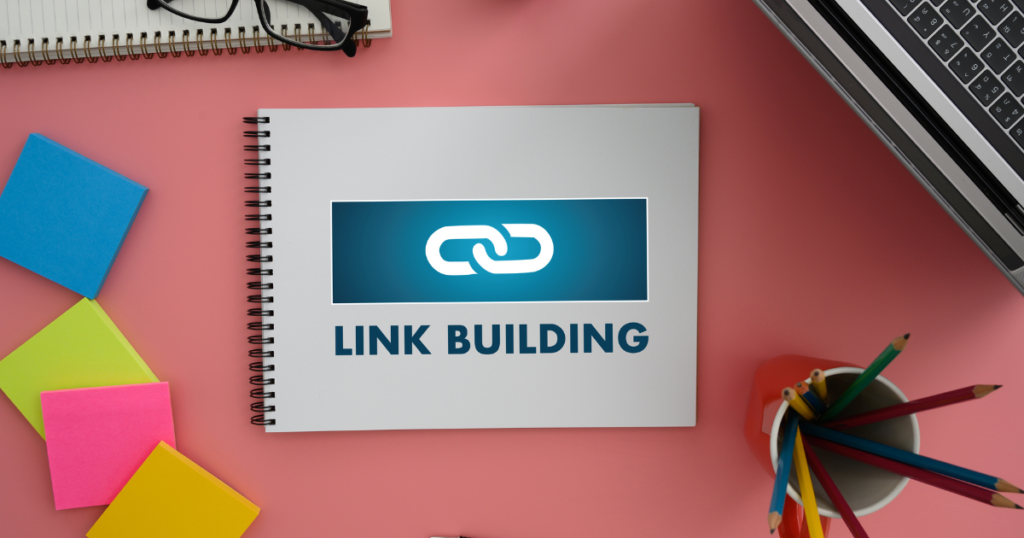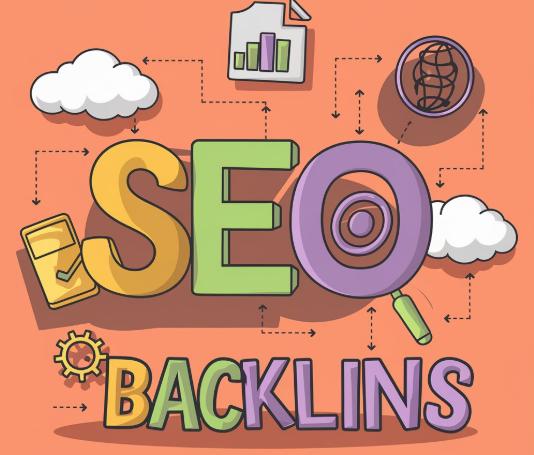In the world of SEO (Search Engine Optimization), backlinks remain one of the most powerful ranking factors. However, getting these valuable links is not always easy. That’s where a link building outreach campaign comes in. Outreach is the process of reaching out to other website owners, bloggers, or influencers to earn backlinks by offering value, content, or partnerships.
This guide will walk you through every step of launching a successful link building outreach campaign. From setting clear goals to writing effective emails and measuring results, you’ll learn everything you need to know to build high-quality backlinks and improve your website’s visibility.
Setting Clear Goals for Your Outreach Campaign
Before you start sending emails, it’s important to define what you want to achieve with your outreach campaign. Are you trying to improve your website’s search engine rankings? Drive more traffic? Increase brand awareness?
Common goals include:
- Getting backlinks to a specific blog post or product page.
- Building relationships with industry influencers.
- Boosting your site’s domain authority.
- Getting mentioned on high-traffic websites.
Once you know your goals, choose a few key performance indicators (KPIs) to track progress. These might include:
- Number of backlinks acquired.
- Email response rate.
- Number of successful placements.
- Improvement in keyword rankings.
Clear goals and KPIs will help you stay focused and measure success.
Identifying and Segmenting Target Prospects
Finding the right websites to contact is a critical step. You want to focus on sites that are relevant to your niche and have strong domain authority.
Start by using tools like:
- Ahrefs
- SEMrush
- Moz
- Google Search (use search operators like “write for us” or “submit a guest post”)
Once you’ve gathered a list of potential sites, segment them into different categories:
- High authority blogs
- Industry influencers
- Resource pages
- Niche directories
By segmenting, you can create personalized messages for each type of site and improve your chances of success.
Crafting Personalized Outreach Messages
Generic emails don’t work. Personalization is the key to a successful outreach message. Always start by addressing the recipient by name and referencing something specific about their website or content.
Here’s what a good outreach email should include:
- A friendly greeting and introduction
- A compliment or reference to the recipient’s work
- A clear and simple ask (e.g., link to your content, consider a guest post)
- A brief explanation of how your content adds value
- A polite closing
Example:
Hi Sarah,
I recently read your article on eco-friendly home tips—great insights! I especially liked your section on energy-saving habits.
I wrote a similar piece on sustainable living that adds some unique tips your readers might find helpful. Would you be open to linking to it in your article?
Thanks for considering!
Best,
John
Offering Value Through High-Quality Content
Website owners receive many outreach requests. What makes yours stand out is the value you offer. High-quality content is one of the best ways to provide value.
Types of content that work well:
- In-depth blog posts
- Case studies
- Infographics
- Original research
- How-to guides
Make sure your content is:
- Well-written and free of errors
- Visually appealing
- Easy to read and understand
- Full of useful information
When your content is valuable, site owners are more likely to link to it.
Choosing the Right Outreach Strategy
There are several approaches to outreach. Choosing the right one depends on your goals, time, and resources.
Shotgun Outreach:
- You send a large number of emails using a general message.
- Best for large campaigns with limited time.
- Lower response rate, but faster.
Sniper Outreach:
- You send fewer, highly personalized emails.
- Higher success rate due to better targeting.
- Takes more time per email.
Hybrid Outreach:
- A mix of both shotgun and sniper strategies.
- Balance between reach and personalization.
Choose the strategy that suits your needs and adjust as you learn what works.
Utilizing Outreach Tools and Platforms
Outreach can be time-consuming, but the right tools make it easier. Here are some popular ones:
Email Discovery:
- Hunter.io
- Voila Norbert
- FindThatLead
Email Outreach & Management:
- Mailshake
- Pitchbox
- BuzzStream
- Postaga
CRM & Tracking:
- Google Sheets
- Trello
- HubSpot
These tools help you find email addresses, send emails in bulk, and track responses. Always test your tools and check for deliverability issues.
Following Up Effectively
Many people don’t respond to the first email, but that doesn’t mean they’re not interested. A polite follow-up can remind them.
Follow-up tips:
- Wait 3–5 days after the initial email.
- Keep it short and friendly.
- Remind them of your original message.
Example:
Hi Sarah,
Just wanted to follow up on my previous message. I’d love your thoughts on the article I mentioned and whether it would be a good fit for your readers.
Thanks again!
Best,
John
Don’t send more than 2–3 follow-ups. If they don’t respond after that, move on.
Measuring and Analyzing Campaign Success
Tracking your campaign helps you understand what’s working and what needs improvement. Key metrics to track:
- Open Rate: How many people opened your email?
- Response Rate: How many replied?
- Conversion Rate: How many agreed to your request?
- Backlinks Earned: How many actual links you gained?
- Domain Authority Increase: Did your SEO improve?
Use tools like Google Analytics, Ahrefs, or SEMrush to monitor these metrics. Review your results regularly and tweak your approach.
Building and Maintaining Long-Term Relationships
Outreach isn’t just about one-time links. Building long-term relationships with other website owners can lead to ongoing opportunities.
Ways to build relationships:
- Share their content on your social media.
- Leave thoughtful comments on their blog.
- Offer to collaborate on content.
- Stay in touch via email or LinkedIn.
Strong relationships can lead to guest post invites, link exchanges, and referrals over time.
Common Mistakes to Avoid
Outreach can be tricky, and there are some common mistakes to watch for:
- Sending mass generic emails: They look like spam.
- Targeting irrelevant sites: Always make sure the site fits your niche.
- Not proofreading emails: Spelling and grammar mistakes hurt credibility.
- Being too pushy: Be respectful in your requests.
- Ignoring follow-ups: Not following up can cost you potential links.
Avoiding these mistakes can make your outreach more effective.
Conclusion
A successful link building outreach campaign takes time, effort, and strategy. It’s not just about getting backlinks—it’s about creating value, building relationships, and growing your brand. By following the steps in this guide—from setting goals to tracking success—you’ll be on your way to earning high-quality backlinks and improving your site’s SEO. Remember to stay patient, be genuine, and always aim to offer something helpful in return for every link you seek. With consistency and effort, your outreach campaigns can become a powerful tool in your SEO strategy.



